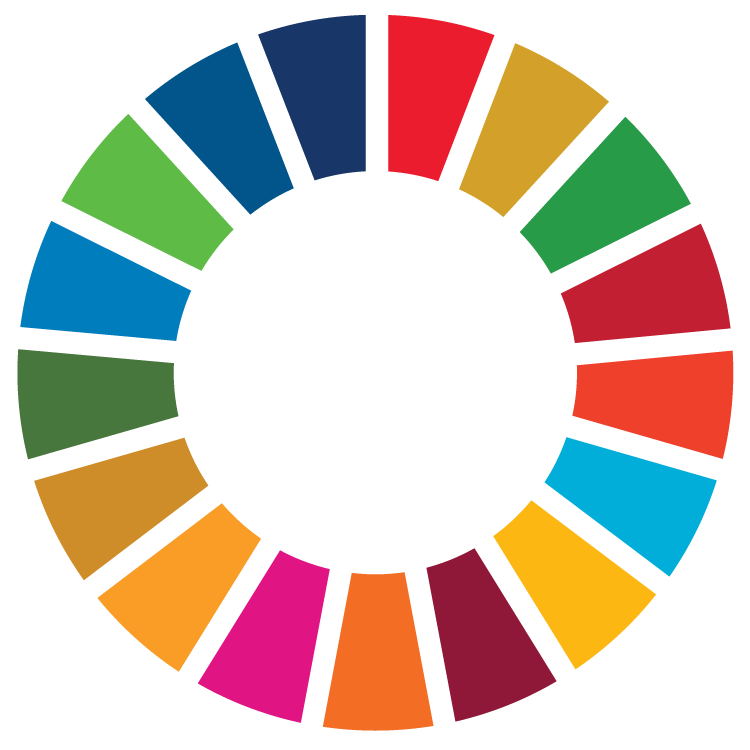Across the world, men, women and children are being displaced by conflict, economic conditions and climate change. Camps are set up to house displaced people as a short-term solution, but in many cases the displaced are unable to return and camps endure for decades. There are increasing numbers of displaced people (globally) and in many situations camps have grown. The existence of camps has an impact on the environment over time, particularly affecting water quality, deforestation and soil degradation which exacerbates existing environmental challenges with women having to encounter unique challenges related to environmental degradation and gender roles. Remote sensing, and in particular satellite images of high and very high spatial resolution supported by social research, can serve as a monitoring tool. For example, they can help determine the actual population and the dynamics of its changes, but also identify the type and location of environmental transformations occurring within the camp as well as in the surrounding areas.
United Nations Environment Programme
- Who we are
- Where we work
-
What we do
- Air quality
- Biosafety
- Cities
- Digital Transformations
- Disasters and conflicts
- Energy
- Environment under review
- Environmental law and governance
- Extractives
- Food Systems
- Forests
- Fresh Water
- Gender
- Green economy
- Ocean, seas and coasts
- Resource efficiency
- Sustainable Development Goals
- Transport
- Youth, education and environment
- Publications & data


